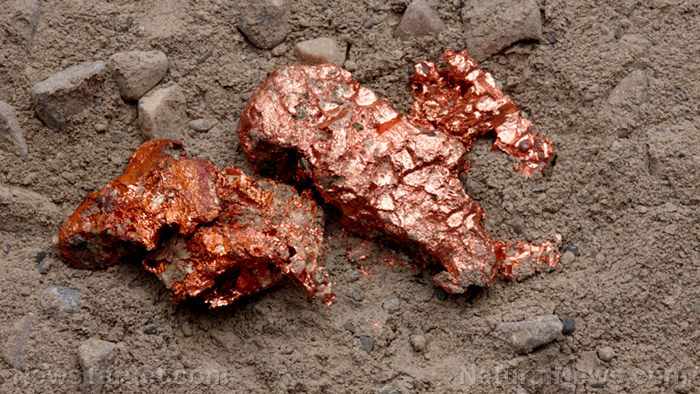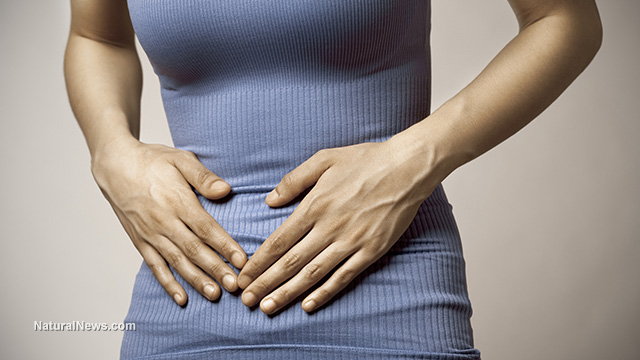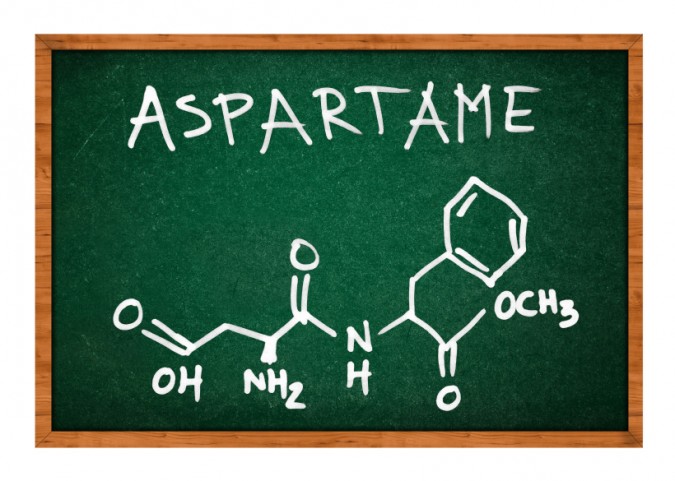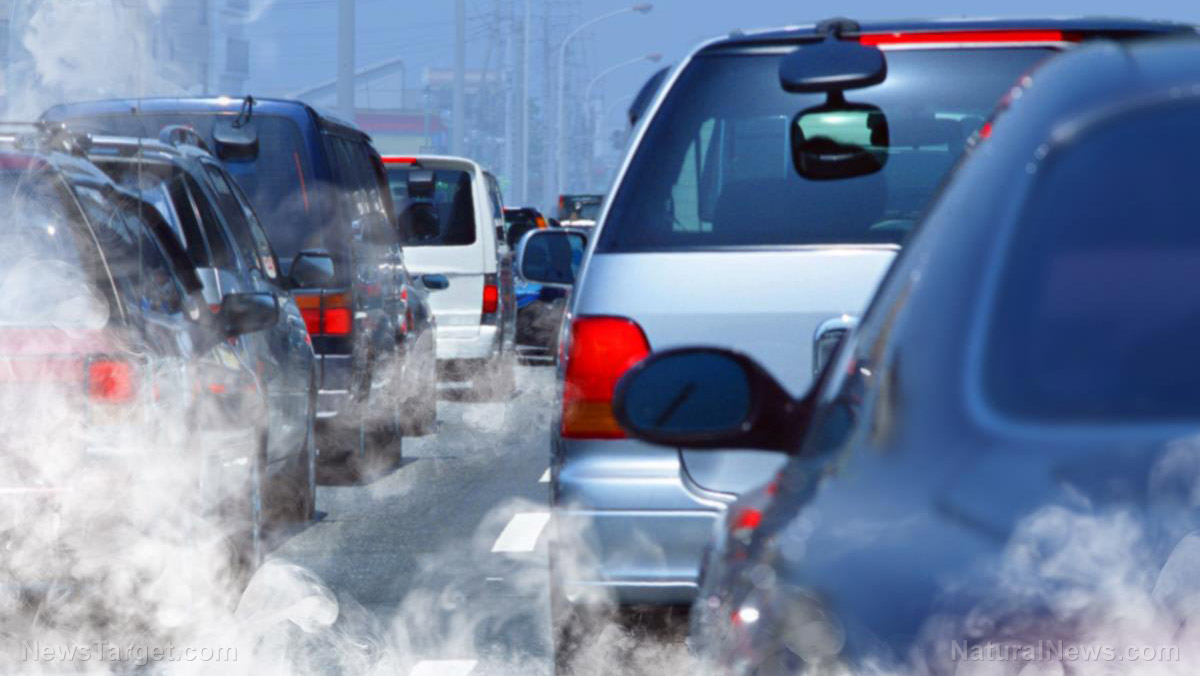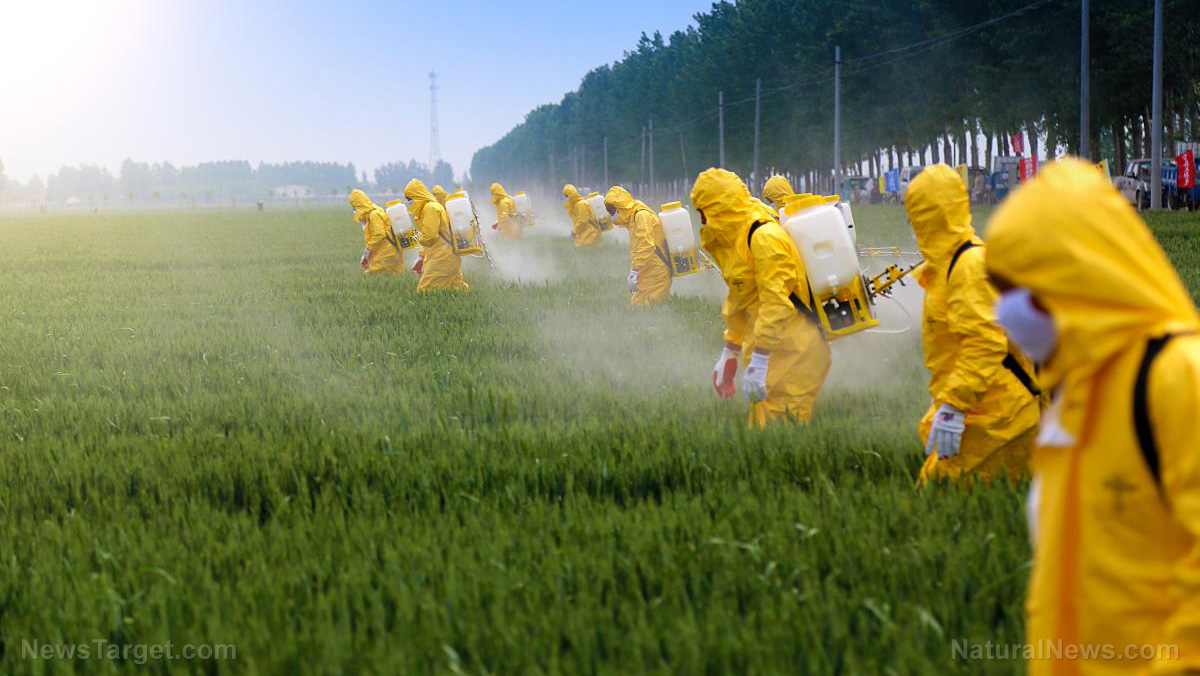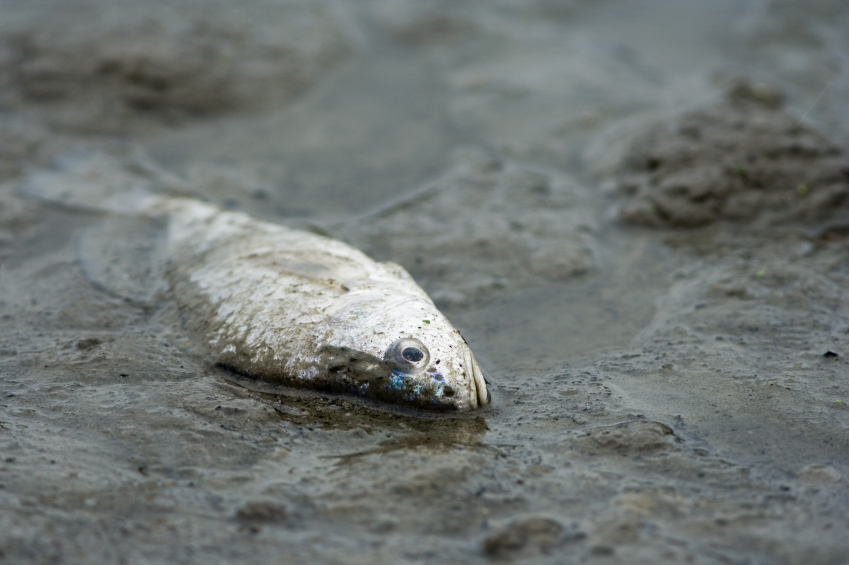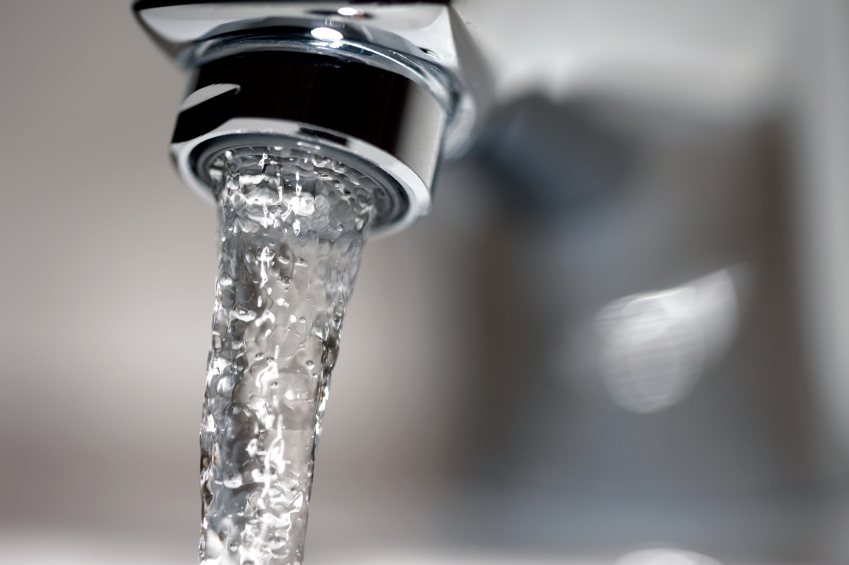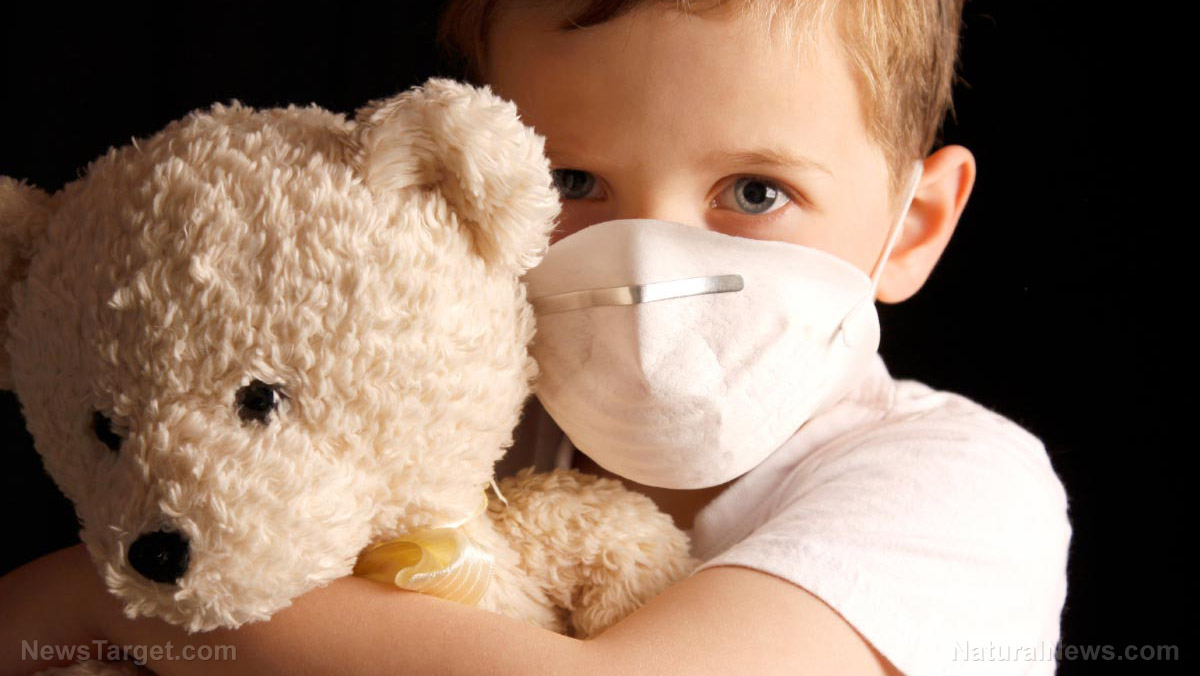Air pollution found to disrupt hormone cycles in teenage girls
11/21/2018 / By Michelle Simmons

Exposure to air pollution may increase the risk of menstrual cycle irregularity in teenage girls aged 14 to 18 years old, according to a study in Human Reproduction. The study was carried out by a team of researchers from the Boston University School of Medicine, who looked at the relationship between air pollution exposure, menstrual cycle irregularity, and time to menstrual cycle regularity.
In the study, the research team used the health and location data of more than 34,000 individuals between ages 14 to 18 years which were obtained from the Nurses’ Health Study 2. Moreover, to understand the participants’ air pollution exposure during a specific time window, they the air pollution exposure metrics from the Environmental Protection Agency (EPA) air quality monitoring system.
The results revealed that exposure to air pollution during high school was linked to menstrual cycle irregularity. Moreover, it was shown that the participants took a longer time in having a regular menstrual cycle in high school and early adulthood.
“While air pollution exposures have been linked to cardiovascular and pulmonary disease, this study suggests there may be other systems, such as the reproductive endocrine system, that are affected as well,” said Shruthi Mahalingaiah, of the Boston University School of Medicine and one of the authors of the study.
The researchers concluded that teenage girls who are age between ages 14 and 18 years old are more likely to have an irregular menstrual cycle when they are exposed to air pollution.
The current data from the research supports previous studies that showed air pollution is linked to reproductive tract diseases. Moreover, it also shows that air pollution does affect not only cardiovascular and respiratory systems but also the reproductive and endocrine systems. (Related: Air pollution inside the home: Popular air fresheners and fabric cleaners are full of chemicals, could be causing your asthma, allergies.)
“Implications on human disease may come through reducing emissions on a global and individual level,” said Mahalingaiah.
More on air pollution
Air pollution is defined as a mixture of natural and man-made substances in the air people breathe. The World Health Organization (WHO) classifies it as an environment-related health hazard for children and a risk factor for both short-term and long-term respiratory disease. Air pollution is typically divided into two categories — outdoor air pollution and indoor air pollution.
Outdoor air pollution includes exposures to fine particles produced by the burning of fossil fuels, such as coal and petroleum; noxious gases, such as sulfur dioxide, nitrogen oxides, carbon monoxide, and chemical vapors; ground-level ozone, which is a reactive form of oxygen and a main component of urban smog; and tobacco smoke. On the other hand, indoor air pollution includes exposures to particulates, carbon oxides, and other pollutants by indoor air or dust. These include gases, such as carbon monoxide and radon; household products and chemicals; building materials, such as asbestos, formaldehyde, and lead; outdoor indoor allergens, such as cockroach and mouse dropping; tobacco smoke; and mold and pollen.
Researchers continue to study the adverse health effects of air pollution on humans. They have found that various health problems are associated with air pollution exposure, such as respiratory diseases including asthma and changes in lung function, cardiovascular diseases, adverse pregnancy outcomes like preterm birth, and even death. The WHO also recognized air pollution as a cancer-causing agent to humans.
Proper ventilation and cleaning regularly can help prevent indoor air pollution as it helps prevent the accumulation of dust and mold. It is also important to remove or avoid the use of any known pollutants and irritants. Outdoor air pollution exposure can be reduced by checking one’s Air Quality Index (AQI), avoiding heavy traffic when possible, and avoiding secondhand tobacco smoke.
Be updated with news stories and studies on pollution at Pollution.news.
Sources include:
Tagged Under: menarche, menstrual cycle, menstrual irregularity, particulate matter, polycystic ovary syndrome, teenage girls

